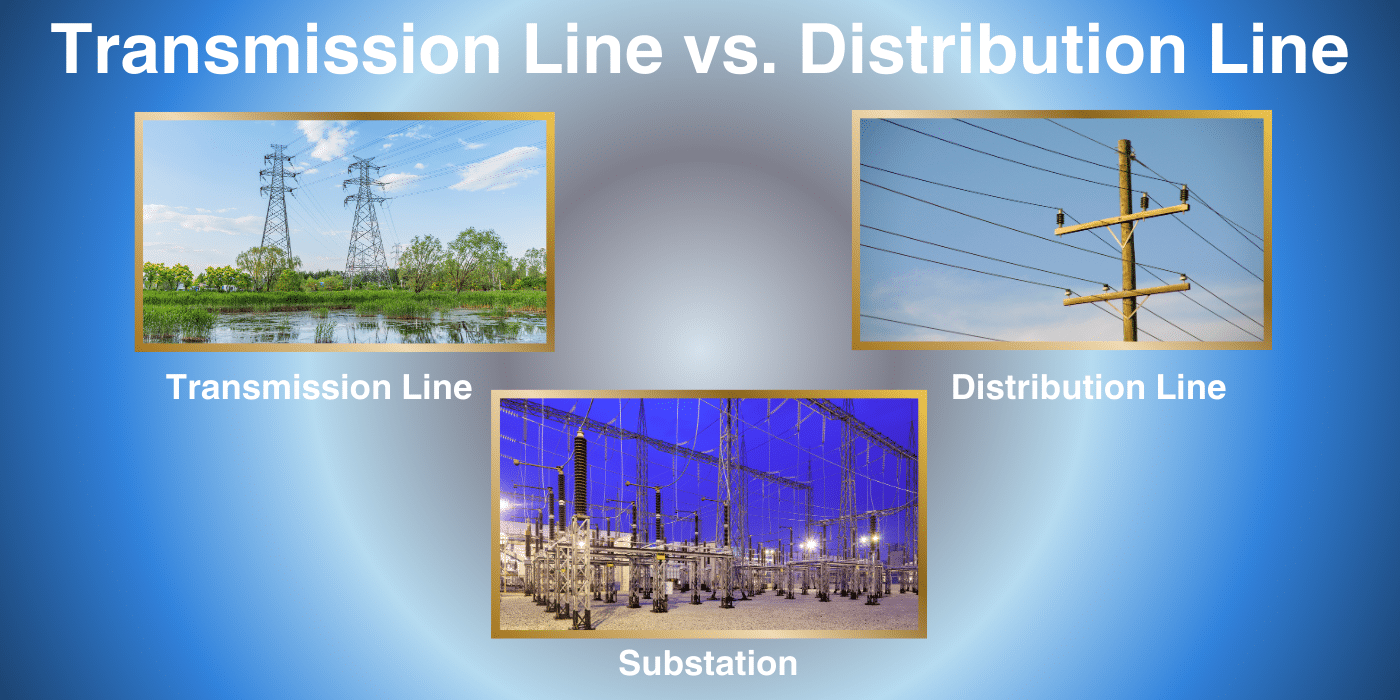“Powered Land Plays” – A Land Brokers Perspective

What landowners near power distribution lines and substations need to know about the potential value of their property.
By: Robert Pahmiyer – Accredited Land Consultant
Do you own land near power transmission lines with a substation nearby? If so, the market value of your land could be significantly higher than other similar tracts in the area. The key driver for a higher market value of land near transmission lines and substations is the potential availability of large amounts of electrical power and the potential capability of selling large amounts of electric power back into the grid.
The growth of artificial intelligence, AI is driving significant demand for large Data Centers (https://datacenterhawk.com/resources/hawkpodcast/the-evolution-of-the-data-center-industry-ai-hyperscale-and-beyond ). These data centers require reliable, uninterruptible access to large amounts of electrical power. The amount of power required can vary, but 50-to-300-megawatts availability is not unusual.
There is value for data center developers to co-locate the data center with large battery storage installations, natural gas power generation, solar farms and wind farms. Battery storage installations allow the operator to purchase low-cost power during low load hours and sell higher value power back into the grid during peak demand hours. Battery installations also help maintain the requirement of uninterruptable power.
If low-cost natural gas is readily available, natural gas generators may also be a part of the development with a similar driver as battery installations.
If the tract of land is large enough, a developer may also consider co-locating with a solar farm development, and if it is in the right area, a wind farm.
Land acquisition is one of the first steps for development of co-located data center developments. The land cost is a fairly low fraction of the overall development cost, but the location of the land and the nearby infrastructure will have a large impact on the overall success of the development.
Key criteria that developers are seeking include:
- Typically, 50 to 1000 acres near a substation and transmission lines with excess capacity or lower cost potential for development of additional capacity.
- Flat, buildable terrain with easy access to the tract and minimal floodplain
- Access to a fiber optic line for data transmission
Additional nice to have criteria:
- Good water and wastewater supply (note that only water-cooled data centers require large volumes, an air-cooled center will require much less and can often utilize groundwater and septic systems).
- Near population centers for access to a stable workforce. The workforce requirement does not seem to be a strong driver, but it does add value.
If you have property that meets the criteria above, it is likely that the value is higher than surrounding properties. We specialize in helping landowners navigate through the process of determining market price and potentially monetizing these types of property.
Some key things to know as a landowner:
- What is the difference between a transmission line and a distribution line?
- Transmission lines are much larger and are designed to move power at significantly higher voltages (69 kv to 345 kv) over longer distances.
- Distribution lines are smaller and are designed to move power to the end user at lower voltages (typically 7.2 kv to 14.4 kv)
- What is a substation?
- A substation either increases or decreases the voltage depending on the direction of electric energy flow.
- In the case of power generation, the substation increases the voltage in order to move the electric energy into the transmission lines and into the grid.
- In the case of power usage, the substation reduces the voltage in order for the power to enter the distribution grid.
- What is ERCOT?
- ERCOT (Electric Reliability Council of Texas) – Founded in 1970, ERCOT is an independent, not-for-profit organization responsible for overseeing and regulating the reliable and safe transmission of electricity over the power grid serving most of Texas.
- Who are the major power companies in Texas?
- Top six are: Oncor, CenterPoint Energy, AEP Texas, TXU Energy, Reliant Energy and Direct Energy.
- A substation either increases or decreases the voltage depending on the direction of electric energy flow.









